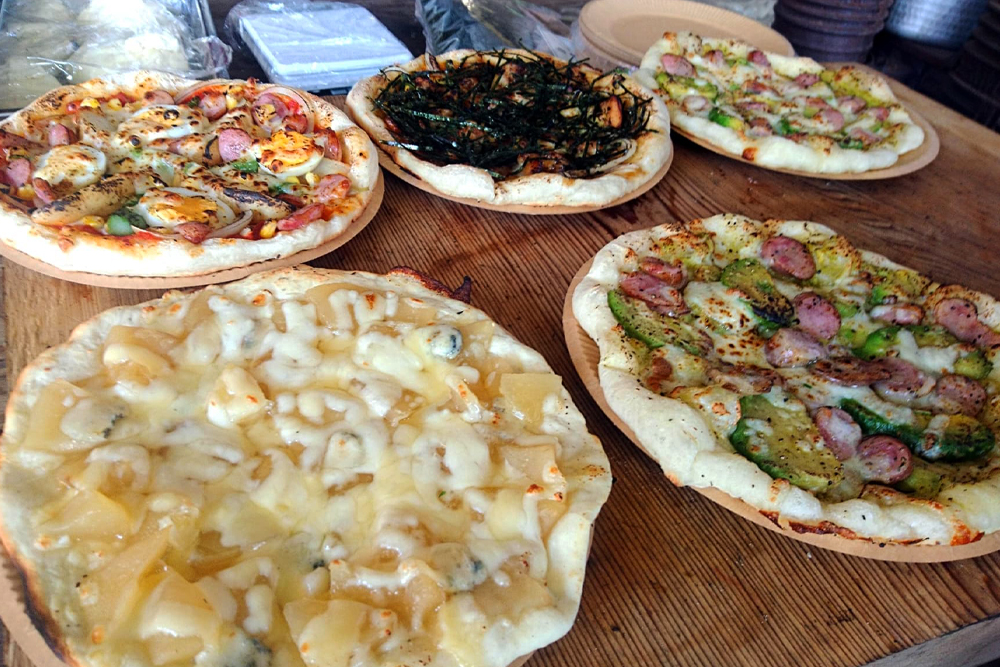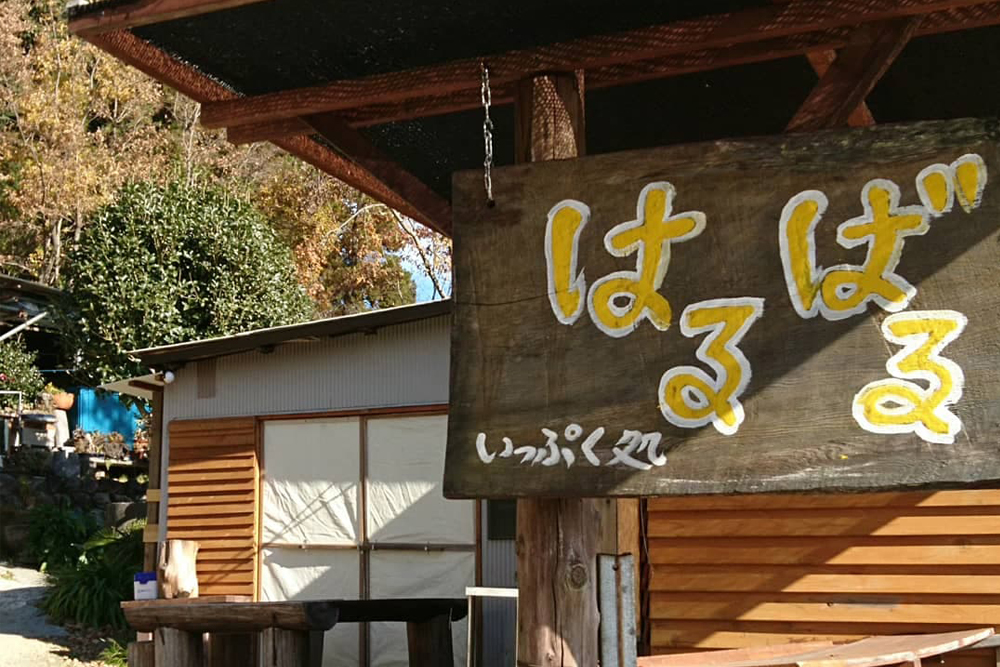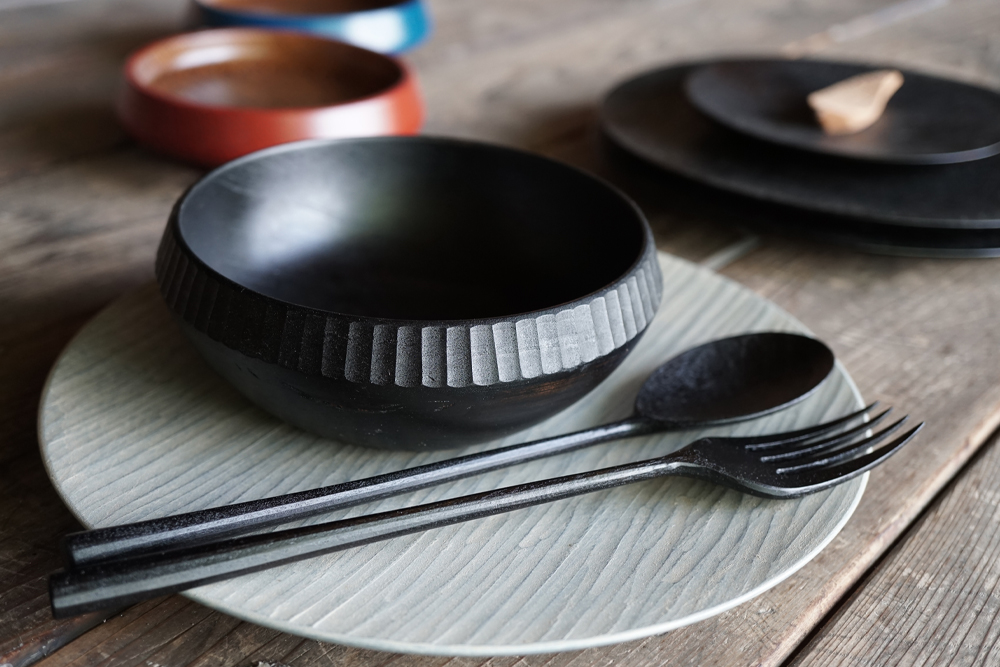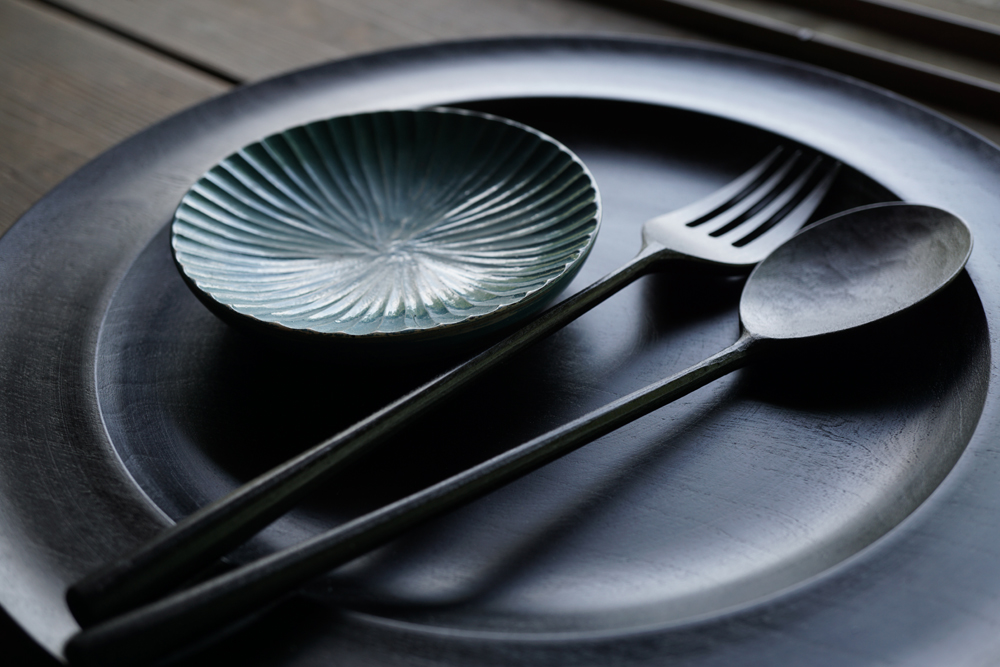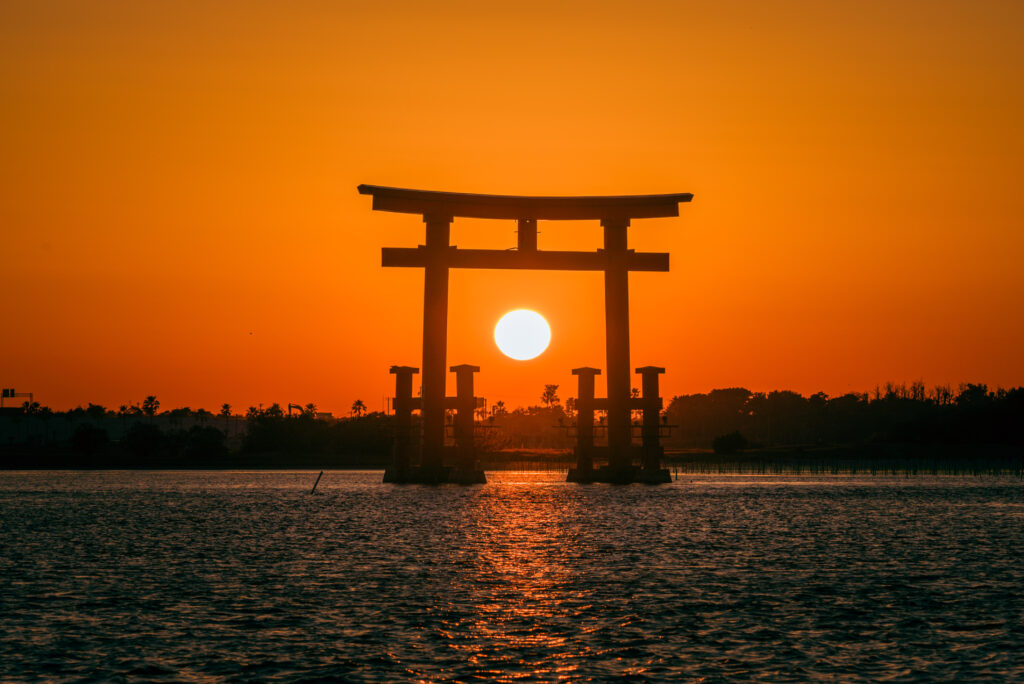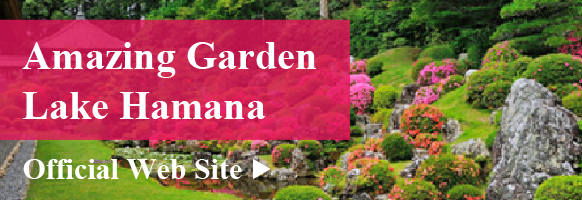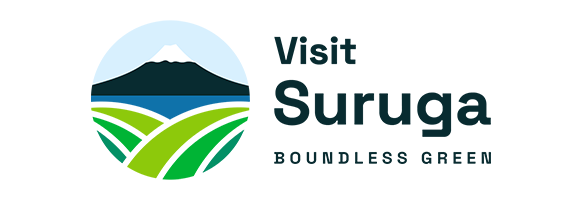Get to Know Hamamatsu
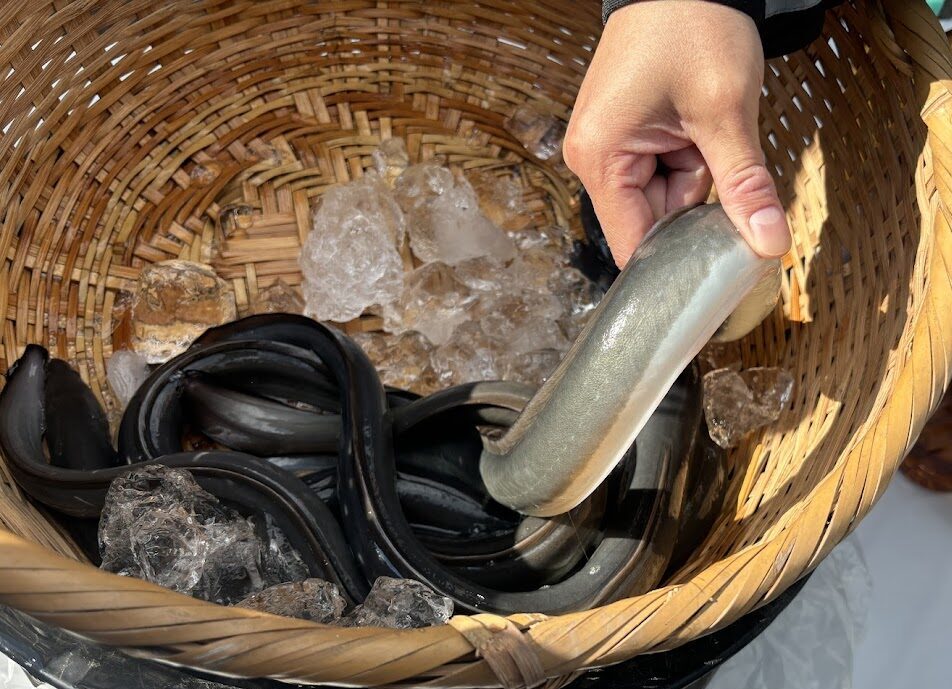
- Eat
A must-see for eel lovers! The appeal and birth story of Lake Hamana’s new eel brand “Deshiko”
Lake Hamana is one of Japan’s leading eel producing areas.
Thanks to this rich natural environment and the outstanding skills of our artisans, a new eel brand called “Deshiko” was born in 2024.
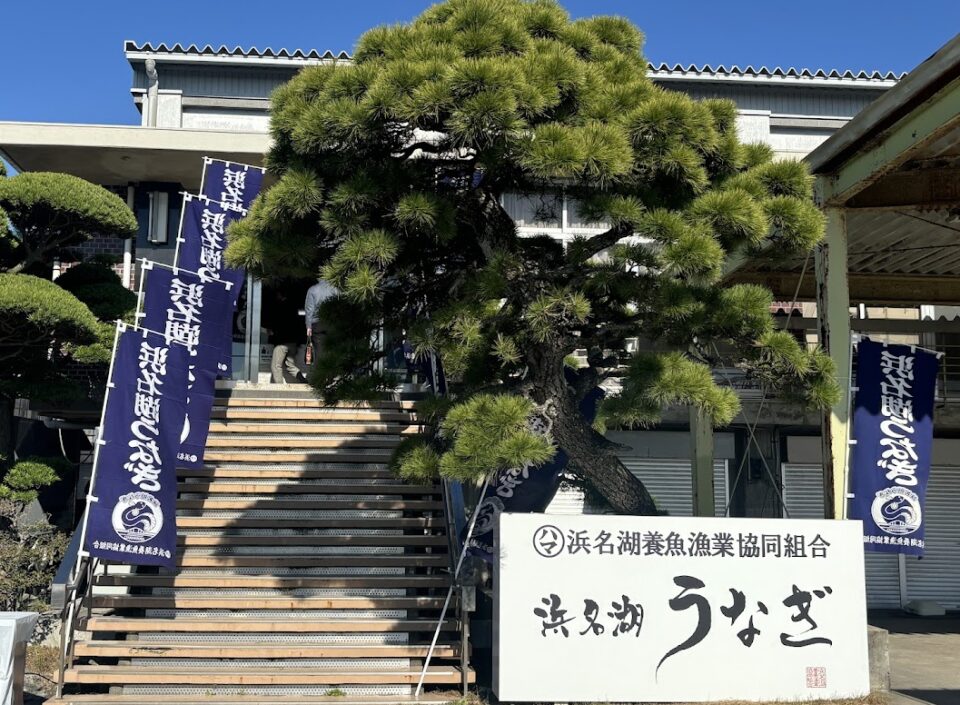
This time, we will introduce in detail the background and appeal of the creation of “Deshiko”, which is characterized by its thick and soft texture, as well as how you can try “Deshiko” as soon as possible!
The history of Lake Hamana and eel farming
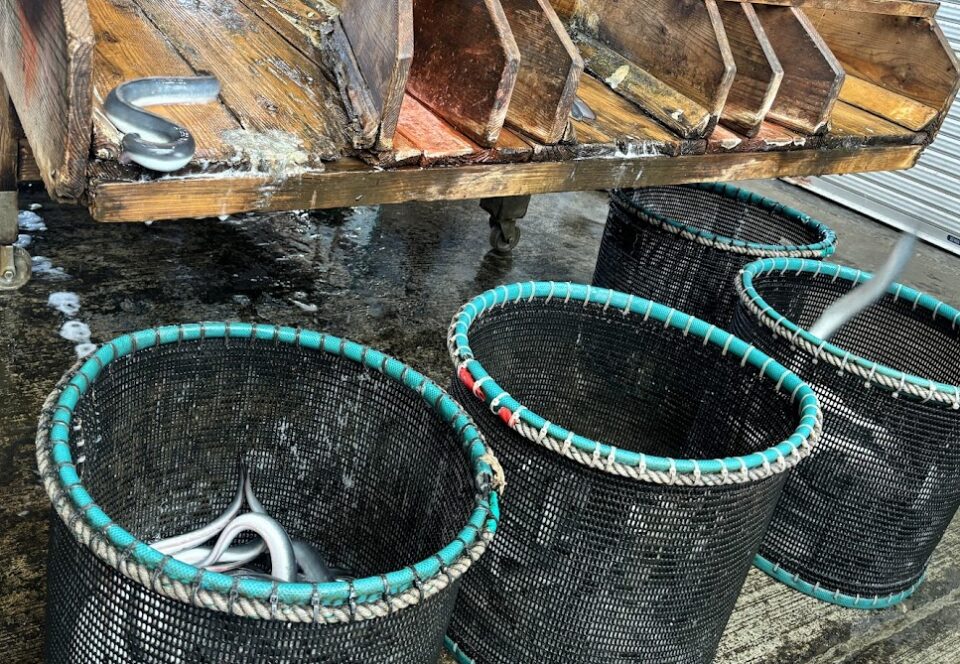
The quality of the eels raised in this region is supported by a rich natural environment and the outstanding skills of its artisans.
First, let’s look at why Lake Hamana is suitable for eel farming and the background to the creation of the new brand “Deshiko.”
Why Lake Hamana is suitable for eel farming
Lake Hamana is blessed with a warm climate throughout the year.
Additionally, the lake’s brackish water structure, with nutrient-rich seawater flowing into it, also supports the growth of eels, creating an ideal environment for the eels to grow up healthy.
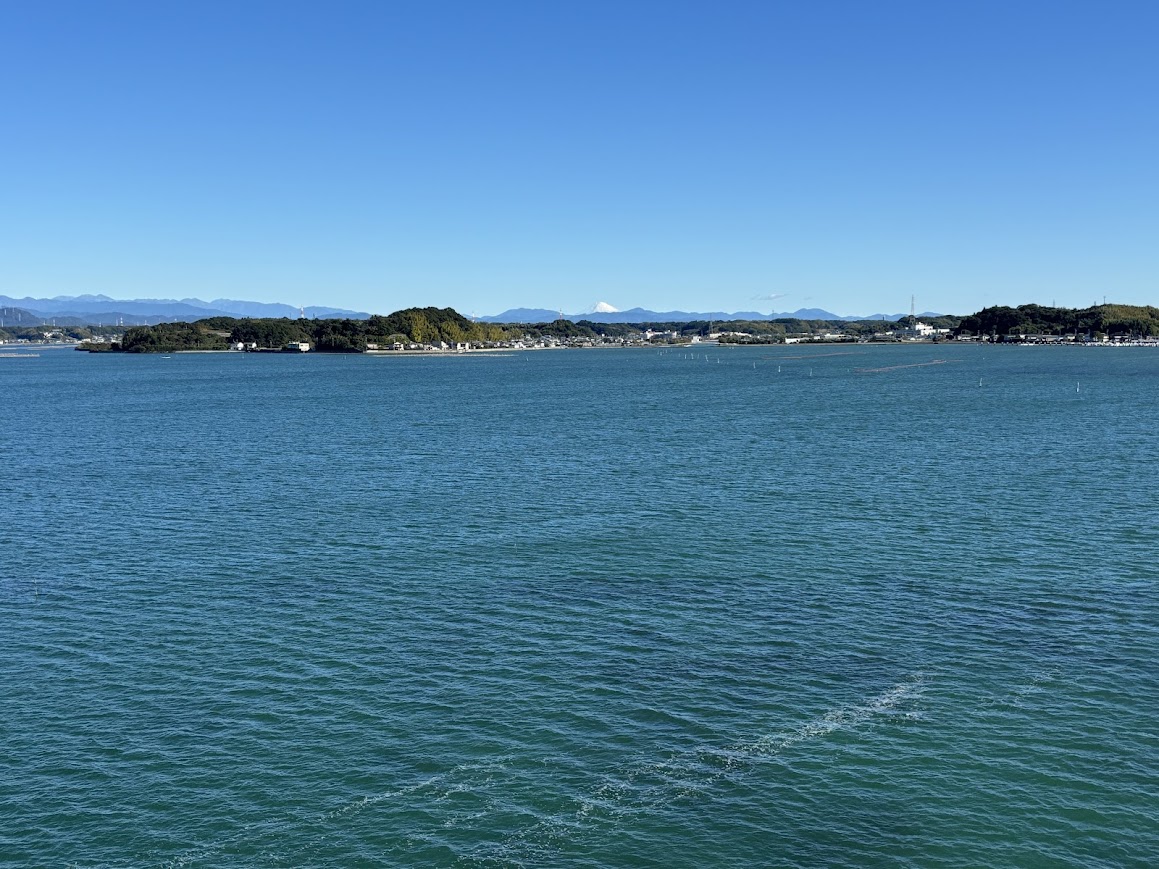
Furthermore, this region has a fishing tradition that dates back to the Edo period, and craftsmen have continued to hone their eel farming techniques over generations.
As a result, it has become known as a “famous eel production area” that delivers high-quality eel all over the country.
Background to the birth of the new eel brand "Deshiko"
Lake Hamana once boasted the highest eel production in Japan, but over time the number of producers has decreased, and the lake has now fallen to fourth place in the nation.
Therefore, Lake Hamana’s eel producers have focused on “quality” rather than “quantity,” and have been working to pursue the “overwhelming deliciousness” of eel like never before.
The culmination of these efforts is the new eel brand “Deshiko.”
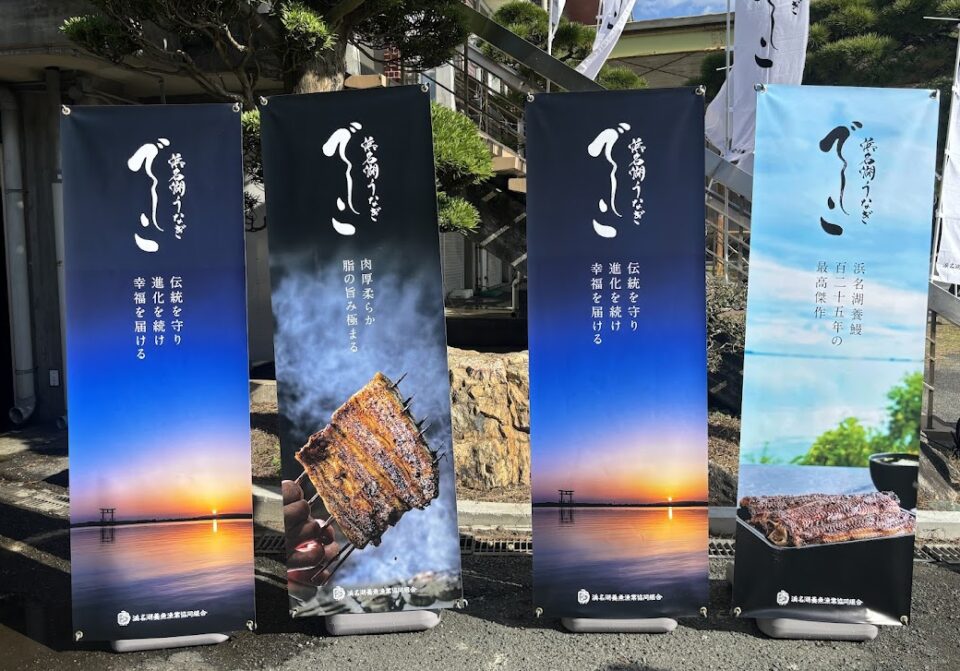
“Deshiko” has a taste that sets it apart from any other eel that has come before, and it is expected to bring new enjoyment to many people.
The appeal of Lake Hamana's new eel brand "Deshiko"
“Deshiko” is a special brand of eel born from the nature of Lake Hamana and the skills of artisans.
Its appeal lies in its quality, which meets strict standards, and its flavor, which sets it apart from other eels.
Here we will introduce the difference between “Deshiko” and ordinary eels, the strict certification standards for “Deshiko,” and the meaning behind the name.
The difference between “Deshiko” and regular eels
Did you know that eels do not have a determined gender immediately after they are born?
In traditional eel farming, it is common for the eels to be male.
However, “Deshiko” has succeeded in cultivating female eels by feeding them food derived from soy isoflavones!
Female eels are thicker, softer, and richer in fat than male eels.
So when you take a bite, the softness and rich flavor fills your mouth.
I actually tried it and it was very soft and delicious from the moment I put my chopsticks into it!
Characteristics of “Deshiko” and certification criteria
To be certified as a “Deshiko,” four strict criteria must be met.
<Criteria for “Deshiko” certification>
- The eels must be farmed by the Lake Hamana Eel Farming Association.
- The fish are raised within the Lake Hamana area from fry to shipping.
- Use of special feed approved by the association
- Pass two quality inspections before shipping
Only eels that meet these standards are shipped to the market as “Deshiko.”

The skills and passion of Lake Hamana’s craftsmen are what ensure the high quality of the eels, backed by these strict certification standards.
The meaning behind the name “Deshiko”
By the way, have you ever wondered what the origin of the name “Deshiko” is?
In fact, this name embodies the cherished feelings and hopes for the future of Lake Hamana’s eel farmers.
<The origin of the name “Deshiko”>
“De” to preserve tradition. (In Japanese “tradition” is “dento”.)
“Shi” continues to evolve. (In Japanese “evolve” is “shinka”.)
“Ko” Delivering happiness. (In Japanese “happiness” is “kofuku”.)
The name “Deshiko” retains the names for eels used in the eel farming industry, such as “mekko,” “shinko,” and “hineko,” but also praises their graceful and voluptuous appearance.
While valuing tradition, we are also filled with a desire for innovation.
What's the best way to get a taste of Deshiko first?
“Deshiko” is a new eel brand that was launched in 2024.
For this reason, it is not currently available for general sale, but if you want to be one of the first to enjoy its deliciousness, we recommend supporting it through crowdfunding!
A project currently underway on the crowdfunding platform “Makuake” is offering “Deshiko” as a reward to backers.
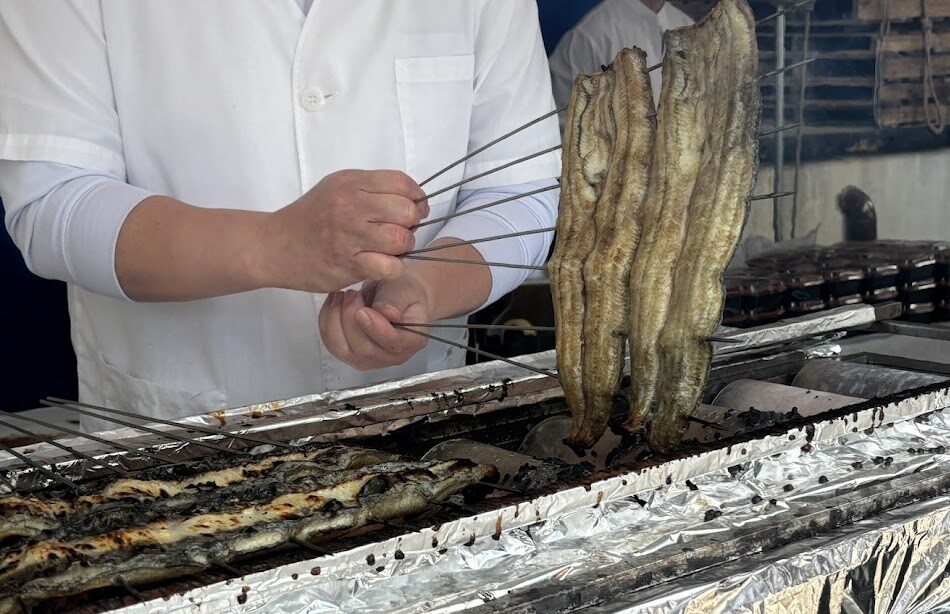
The big appeal of “Deshiko,” available as a return item, is that it can be easily enjoyed at home.
We have a lineup of dishes that allow you to fully enjoy the deliciousness of the ingredients, such as kabayaki (with sauce) and shirayaki.
“Deshiko” does not harden during the cooking process, so even just heating it in the microwave results in a surprisingly fluffy finish!
If you lightly fry it in a frying pan, you’ll get a fragrant aroma and a flavor that would put a professional to shame.
We hope you will enjoy “Deshiko” at home, as it is both easy to prepare and delicious.
For more information and how you can help, please see the links below:
Information on restaurants where you can eat "Deshiko" *Updated regularly
1.Lake Hamana Eel – Motoshirotei
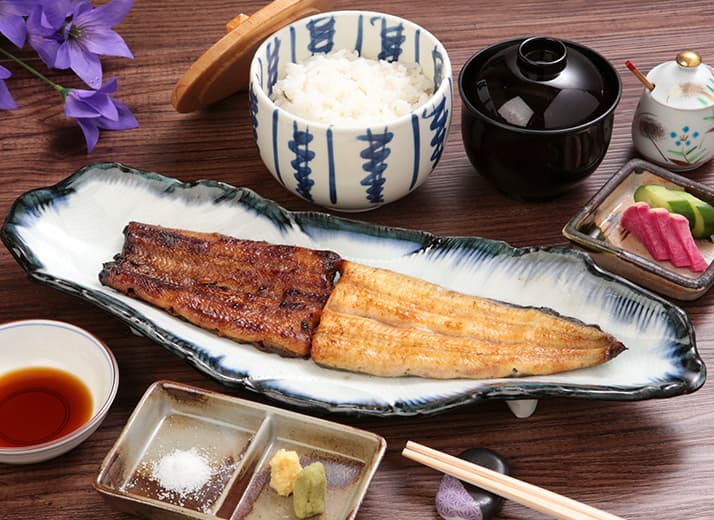
★Basic information about “Hamanako Eel Motoshirotei”
Address: Hotel Concorde Hamamatsu, 18th floor, 109-18 Motoshiro-cho, Chuo-ku, Hamamatsu City
・Business hours:
Saturdays, Sundays, and holidays
Lunch: 11:00-14:30 (last orders 14:00)
Dinner: 17:00-20:00 (L.O 19:30)
Weekdays
Lunch: 11:30-14:30 (last orders 14:00)
Night: 17:30-20:30 (L.O 20:00)
・Closed: Mondays *Open if Monday is a public holiday
・Telephone: 053-487-0990
・Website : https://www.concorde.co.jp/news/post-47.php
